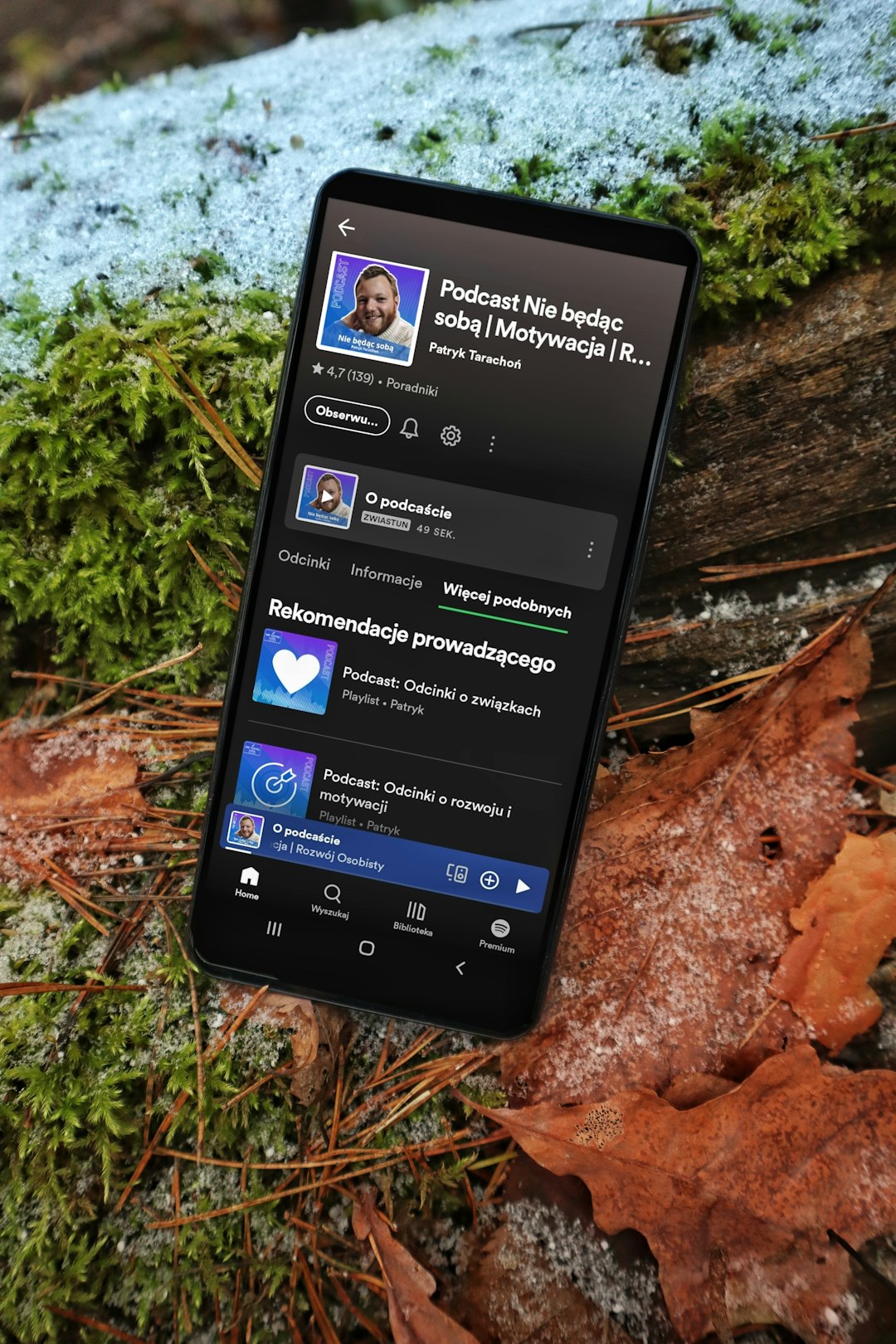The application package com.google.android.youtube, corresponding to the YouTube Android application, is one of the most widely distributed and frequently updated apps on mobile devices today. Version 20.12.46 of this application, released during the first quarter of 2020, brought with it several key updates and underlying performance improvements that set a foundation for later user interface enhancements and feature expansions.
For developers, users, and IT professionals interested in understanding how this version differed from its predecessors—and how it reflected YouTube’s larger strategic shifts—this article presents an in-depth breakdown. We’ll cover the functional highlights, core structural changes, and system-level implications introduced in this particular APK version.
General Information
APK Name: com.google.android.youtube
Version: 20.12.46
Release Date: March 2020
Target API Level: Android 10 (API level 29)
This period in app development history was characterized by an ongoing transition to more powerful machine learning backends and user interface reconfigurations based on Google’s Material Design principles. YouTube’s APK v20.12.46 reflected a growing ambition to move beyond mere video hosting—solidifying its role as a platform for community and creator-driven interaction.
Key Features and Improvements
The following are the main features introduced or enhanced in v20.12.46 of the YouTube APK:
- Enhanced Video Player Stability: Background improvements in streaming reliability, buffering logic, and resolution adjustment algorithms. These changes addressed user-reported issues related to playback stuttering on mid-range devices.
- Preliminary Gesture Controls: Although widely rolled out in later updates, traces of experimental gesture-based interactions (swipe to skip, double-tap zones) began appearing in APK teardown analyses of this version. These were likely A/B tested among select users.
- Updated Recommendation Algorithm Hooks: Internally, this APK contained modifications to the way watch history and engagement metrics were fed into the content recommendation engine. This increased personalization while also tackling content redundancy.
- Dark Mode Polishing: While dark theme support had been introduced earlier, v20.12.46 refined contrast levels, dynamic theme switching, and battery-saving modifications on OLED screens. This version was more energy-efficient on newer Android devices.
- Expanded Accessibility Support: The version introduced better support for TalkBack, improved screen reader compatibility, and refined closed-captioning behaviors in fullscreen mode.

Structural and Backend Adjustments
Underneath the user interface, the YouTube APK v20.12.46 introduced several significant architectural updates that allowed for smoother app behavior and deeper service integration. These updates were particularly important for developers managing media services, background tasks, and communication between apps.
- Modular Split APK Deployment: This version continued the use of split APKs, optimizing download sizes by distributing language, DPI, and architecture-specific resources separately. This approach was crucial for Google’s ambitions of universal device compatibility.
- Improved Analytics Logging: Telemetry systems within this APK were tailored to feed cleaner data into Google’s analytics backend. This enabled faster and more accurate dashboards for teams monitoring global usage patterns and ad campaign performance.
- Dynamic Code Loading: The app began integrating early-stage dynamic code delivery using Google Play’s “Dynamic Delivery” system. This allowed optional features to be downloaded post-installation, reducing the core app size and improving install rates.
Developer Tools and SDK Dependencies
For developers working with reverse engineering tools or third-party analysis SDKs, it’s essential to note that v20.12.46:
- Targeted API Level 29, aligning with Android 10 requirements.
- Was optimized for the ART (Android Runtime), with bytecode reflecting reductions in legacy Dalvik compatibility wrappers.
- Integrated Play Install Referrer API to allow more granular campaign attribution.
- Used ProGuard-style resource obfuscation, complicating deep analysis but ensuring tighter data protection and intellectual property defense mechanisms.
These details matter especially to analysts and app developers who benchmark YouTube’s performance and design strategies against similar large-scale video distribution platforms.
Security Enhancements
The March 2020 release embedded upgraded data protection smoothing and updated compliance logic for GDPR and COPPA. From a security standpoint, v20.12.46 contained:
- Refined Secure Token Authentication: More robust session handling and leakage prevention in API handshake processes.
- Minimized Private API Exposure: Refactoring ensured sensitive internal endpoints (used for device authentication, playback telemetry, etc.) were safely siloed.
- Signed with Google’s Key Management: APK signing and integrity checks were fully in compliance with Play Protect antivirus routines and platform trust anchors.
These changes helped maintain YouTube’s reputation as a secure platform, crucial for maintaining trust among billions of users and content creators.
User Interface Enhancements
While not as extensive as the visuals delivered in later versions, this release began laying the visual groundwork for upcoming transitions toward a gesture-oriented UI. Subtle refinements included:
- Smoother Navigation Transitions: Page transition animations were optimized for 60fps on compatible devices with React-style flow behaviors.
- Improved Playlist Controls: Users witnessed faster playlist item interaction, better touch response timeliness, and less visual jitter during reorder or deletion.
- Adaptive Layouts: Early implementations of layout responsiveness provided a smoother switch from portrait to landscape, especially on foldable devices and tablets.

Hidden or Experimental Features
APK teardowns of version 20.12.46 revealed embedded flags and placeholders suggesting future rollouts. These features, while not activated universally, signaled the direction in which YouTube was heading in terms of experimental function:
- Community Tab Integration: Code hints suggested planned expansion of the Community tab to more account tiers, encouraging creators to treat YouTube as a platform for sustained audience engagement beyond videos.
- Support for Chapter Markers: Segmented video chapters, later widely appreciated, were being internally tested in this release using metadata parsing and timestamp recognition functions.
- UI Code for Subscription Tiers: Segments of code flagged references to Premium-exclusive content differentiation visuals, likely aligned with YouTube Red at the time.
Performance Benchmarks
According to benchmark analysis tested on a mid-tier device (Snapdragon 670, 4GB RAM, Android 10), v20.12.46 demonstrated the following performance profiles:
- App Launch Time: 389ms (cold start)
- Memory Footprint: 174MB average background usage
- Battery Draw (30min usage): 7% on 3000 mAh device
These metrics confirmed the version was significantly more optimized than some previous iterations, especially for midranged Android hardware of the era.
Conclusion
YouTube APK version 20.12.46 marked a pivotal phase in the app’s evolution. Despite its surface-level consistency with earlier versions, the structural changes, backend efficiencies, and foundational features it introduced were critical to preparing the platform for major rollouts in late 2020 and beyond. Everything from dynamic mod delivery to playback intelligence saw significant development.
As such, this version can be seen as a keystone build—representing Google’s commitment to consistent innovation, user-centric functionality, and long-term platform scalability. For enthusiasts, developers, and tech strategists, examining this build offers not just a snapshot of YouTube’s maturity, but also a glimpse into its forward trajectory as a deeply integrated mobile-first video ecosystem.
